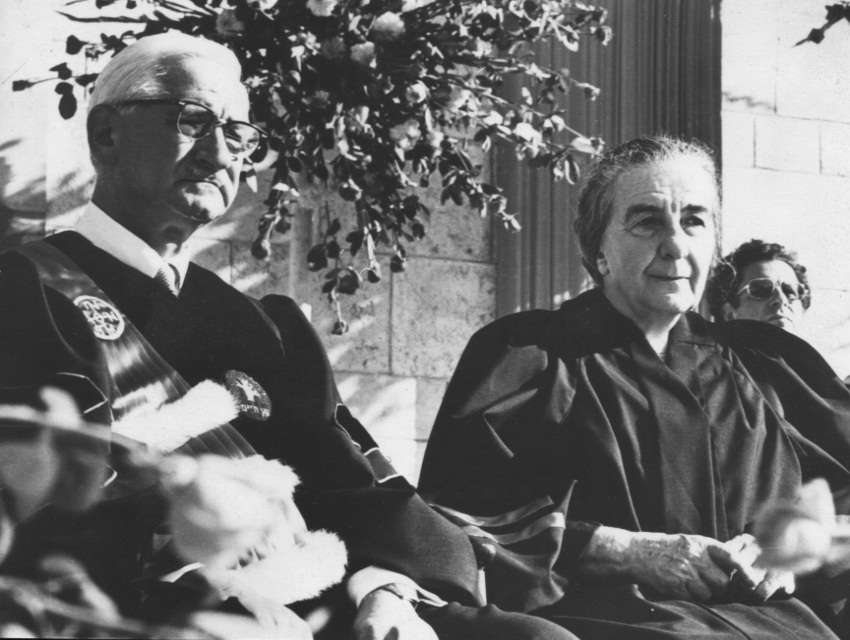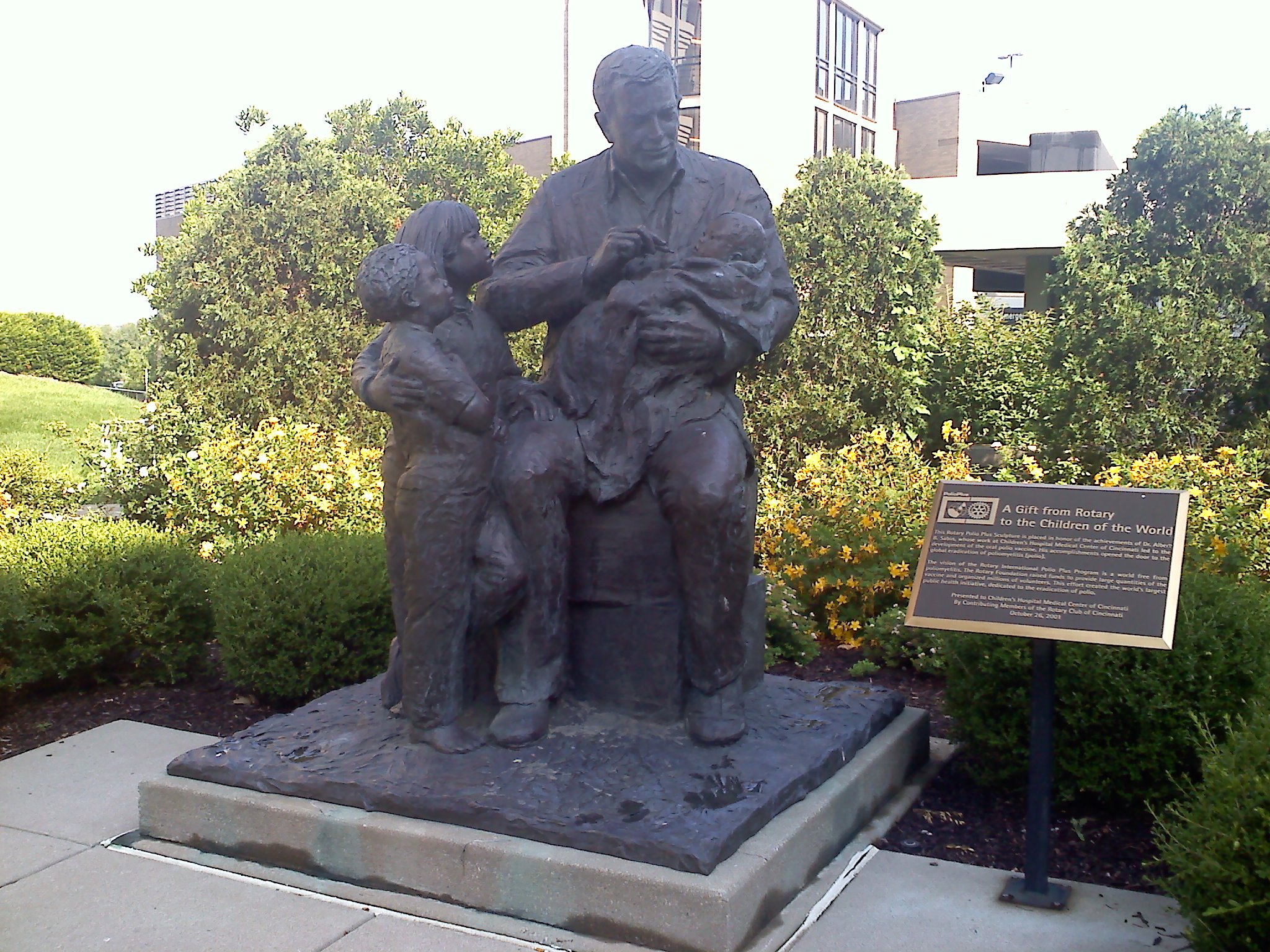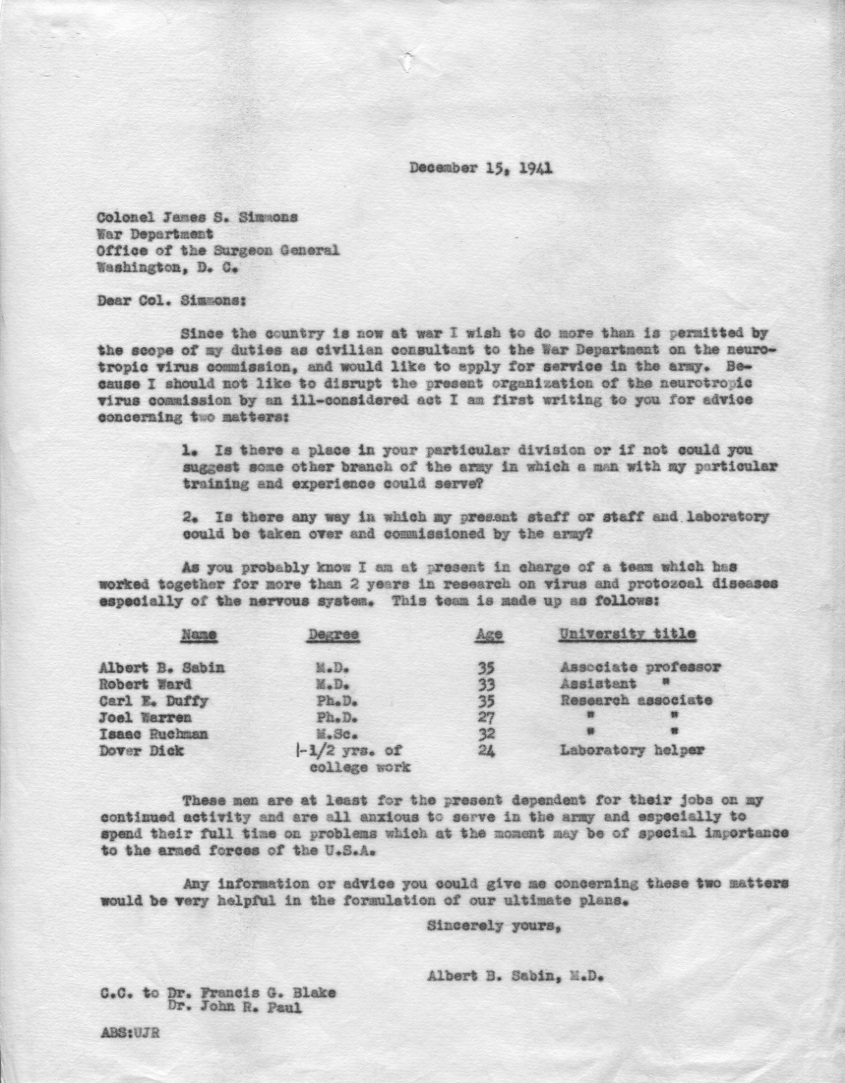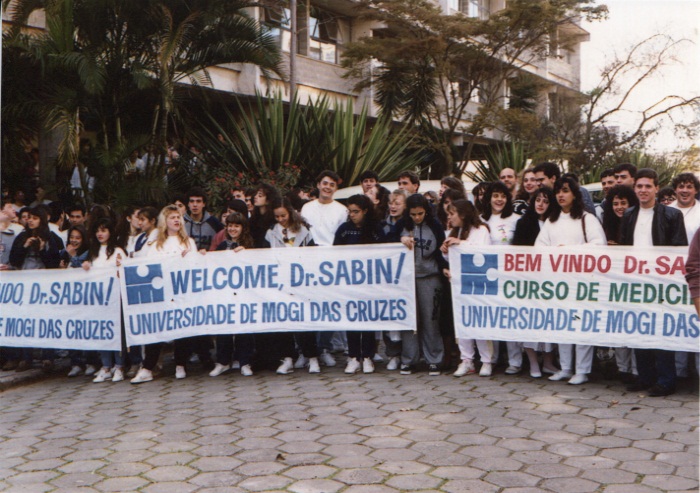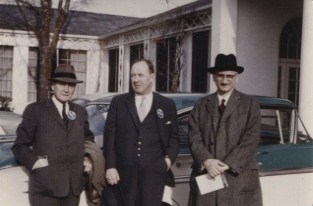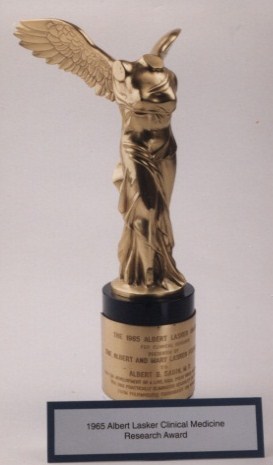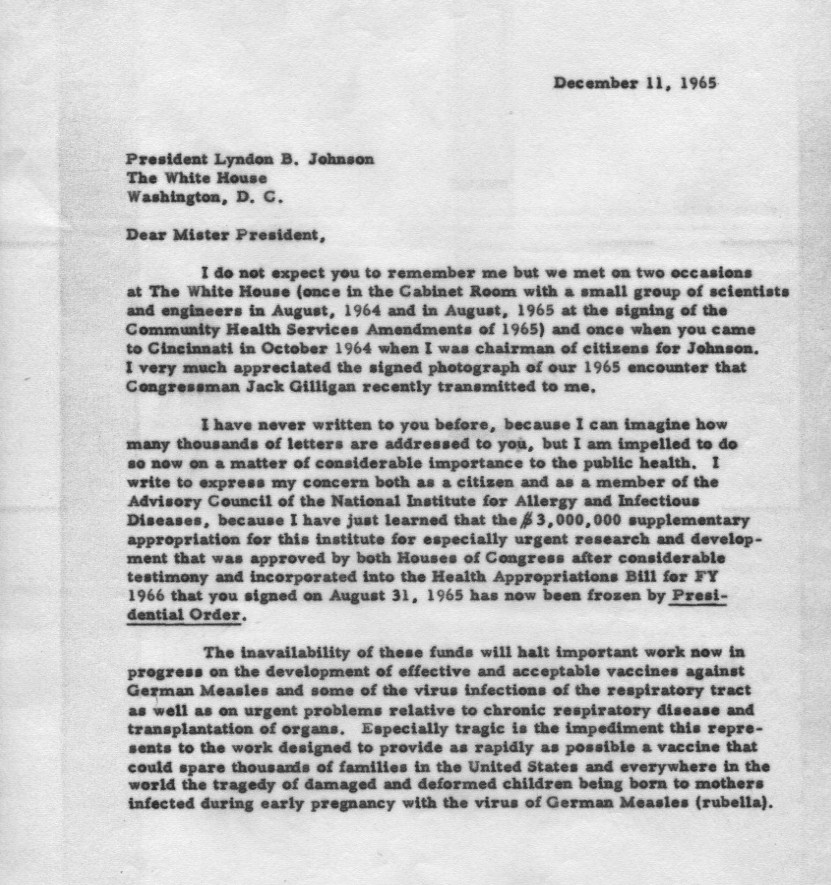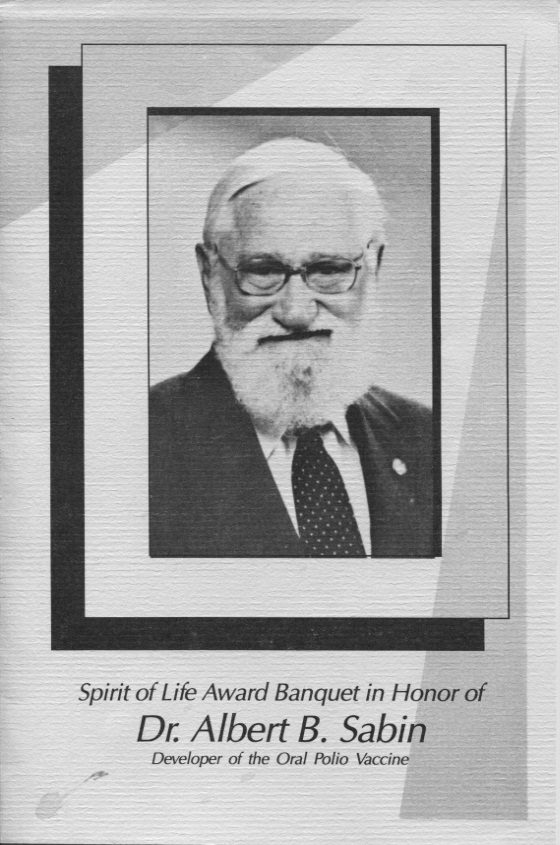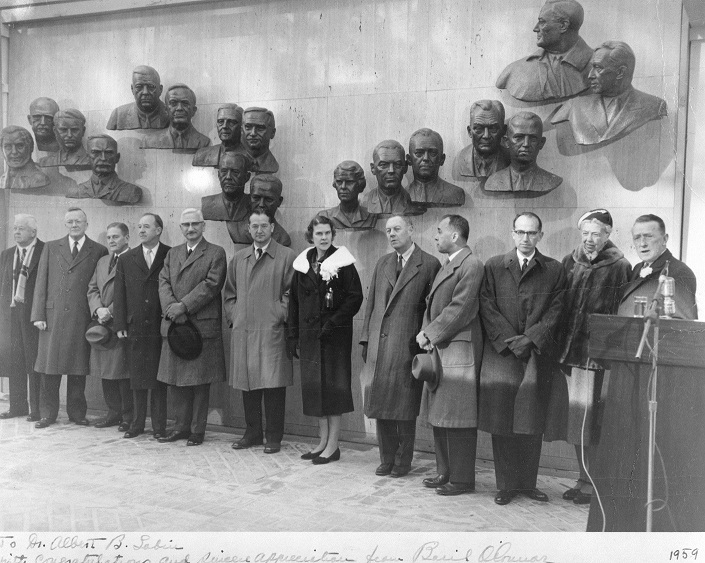After Dr. Sabin’s long career at the University of Cincinnati and the Children’s Hospital Research Foundation, he became the President of the Weizmann Institute of Science in Rehovot, Israel, from 1970 until 1972. His archives contain much of his correspondence and photographs from his time at the Institute.
According to the Weizmann Institute of Science’s website, Dr. Sabin was the first President of the Institute that was required to be a scientist. While serving as President, Dr. Sabin reorganized the Institute into “five scientific Faculties”: Mathematics, Physics, Chemistry, Biophysics-Biochemistry, and Biology. While serving as President, Dr. Sabin rubbed elbows with some pretty important people, so I wanted to share some of these photographs with you. Continue reading

